Thousands of people from the Northwest Territories are dispersing into Western Canada by land and air as one of the country’s largest evacuation efforts empties Yellowknife and other northern communities into towns and cities hundreds of kilometres away.
Yellowknife is 1,750 kilometres north of Calgary, which on Thursday said it could accommodate 5,000 NWT residents fleeing smoke and wildfires. The first evacuation flight from Yellowknife to Calgary arrived in Alberta’s largest city Thursday afternoon, with more scheduled to land later in the day. Late Thursday, officials in Yellowknife said about 1,500 people on 10 evacuation flights departed the city. There are 22 evacuation flights scheduled for Friday, officials said.
Officials, who late Wednesday ordered Yellowknife’s 22,000 residents to leave the capital by Friday at noon, said they would charter more if necessary.
“We’ll make sure everybody gets out,” Yellowknife Mayor Rebecca Alty said in an interview Thursday afternoon.
Wildfires have forced the majority of NWT’s 45,600 residents to leave their communities, with Alberta absorbing most of the evacuees.
Officials urged people in Yellowknife to leave via the highway, assuming the road remains passable and their vehicles serviceable. Thousands are heeding this advice, but there are still people in Yellowknife in need of evacuation flights. WestJet and Air Canada added commercial flights and swapped in larger planes. The Yellowknife Women’s Society chartered its own evacuation plane, according to Cabin Radio, a local news organization.
Beatrice Bernhardt was among the first group of people from Yellowknife to touch down in Calgary on Thursday. The 77-year-old said it was a relief to feel safe after weeks of uncertainty.
”Every day, for almost three weeks, you can’t see anything. All you see is smoke,” she said, standing next to her knee-high luggage with a blue coat wrapped around the purse on her shoulder. She said she broke down in tears while waiting for the flight to board earlier on Thursday.
“You’re holding everything in to find out if you’re going to be leaving.”
When asked if she left any treasures behind, she said: “My life.”
Kelowna, B.C. is under a state of emergency as a large wildfire nears the city. Footage from August 17 shows a huge volume of smoke and flames from the McDougall Creek wildfire cresting a mountain near West Kelowna.
Yellowknife residents share chaotic evacuation stories as they leave their wildfire-threatened city
B.C. residents advised to prepare to evacuate amid surging wildfire risk
Yellowknife’s evacuation echoes the 2016 effort to empty Fort McMurray, when nearly 90,000 people fled the northern Alberta city as flames licked the adjacent highway and razed parts of town. That fire, dubbed The Beast, prompted officials to keep residents out of town for about a month.
The fire threatening Yellowknife was 16 kilometres away from the municipal boundary Thursday, according to the mayor. This means the blaze crept just one kilometre closer to the city Wednesday night, rather than the predicted five kilometres.
Ms. Alty said there is a shortage of fire-retardant gel, which is used to protect structures when fires encroach on communities, but she expects Yellowknife’s inventory to be replenished soon. She also said officials believe there is enough gel on hand to protect “core assets” like the hospital, evacuation reception centre, and government facilities such as the water-treatment plant.
Most residents appear to be leaving the city, she said, but she did not have an estimate on how many remain in town.
The drive to safety from Yellowknife is long and challenging. There are few places were fuel is available, fire continues to burn along the route, and smoke makes visibility variable. Towns in northern Alberta are already at or near their capacity to welcome evacuees given that residents in other NWT communities, including Fort Smith, Hay River, Enterprise, and K’atl’odeeche First Nation, evacuated prior to Yellowknife.
Alberta set up a refuelling station at Steen River, according to a statement from Sheena Campbell, a spokesperson for the Ministry of Public Safety and Emergency Services. Support on the highway includes tow trucks, pilot vehicles, heavy duty mechanics and mobile tire-repair services, the statement said. There are also “roving patrols” to aid stranded motorists.
Calgary established two evacuation reception centres – one at the airport for those arriving by plane and another at the Westin Calgary Airport hotel for those arriving in vehicles. The city is prepared to immediately welcome 5,000 evacuees, according to Iain Bushell, Calgary’s director of emergency management and community safety.
Video from Yellowknife wildfire evacuees shows heavy smoke over a highway with some nearby flames as they drive out of the Northwest Territories capital on August 16.
The Globe and Mail
Edmonton said it will open an evacuation centre Friday, but the city did not clarify how many people it could accommodate.
Alberta said NWT evacuees can also access supports in Valleyview, Fox Creek, Lac La Biche and Red Deer.
Alberta Health Services is working with NWT to support continuing-care residents, Mr. Bushell said. So far, AHS has placed 45 NWT residents in continuing-care spaces throughout the province, he said.
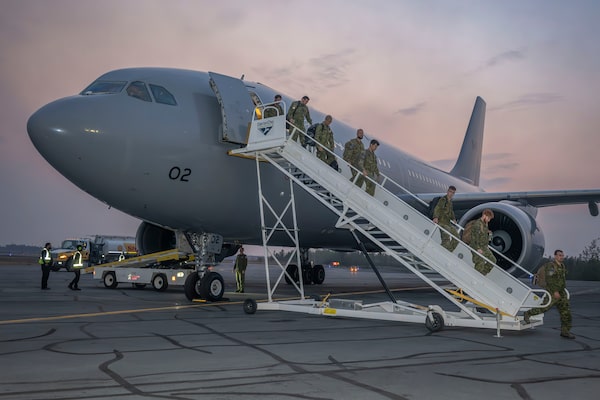
Canadian Armed Forces soldiers arriving in Yellowknife via a CC-150 Polaris aircraft to support Operation LENTUS in Northwest Territories on Aug. 14.Master Corporal Alana Morin/Handout
Meanwhile, British Columbia said it expected 55 hospital patients and long-term care-home residents from NWT to be airlifted to the Vancouver region. Further, B.C. Emergency Management and Climate Readiness Minister Bowinn Ma said there are roughly 1,100 spaces available in the north of her province should evacuees from NWT need them.
Cabin Radio, the news organization in Yellowknife, on Thursday reported the NWT health authority aborted a planned evacuation flight for hospital patients. The Northwest Territories government says 90 inmates have been transferred to Yukon and Alberta because of the threat of wildfire.
Officials asked Yellowknife residents to line up outside École Sir John Franklin High School on Thursday to register for flights and ground transportation out of the city. By early evening, hundreds of people were still waiting in line.
“Some people were told to go home and try again tomorrow, and then there’s a full flight schedule essentially slated for Friday and Saturday,” said Rylund Johnson, a member of the NWT legislative assembly who was still in Yellowknife on Thursday.
Wildfire live updates: Calgary airport prepares for influx of NWT evacuees
In the nearby community of Dettah, across Yellowknife Bay, dozens gathered in the Chief Drygeese Centre on Thursday morning, waiting for buses to take them to the airport or to the high school.
“We’ve got four big buses on the way to take people down to the airport to register to leave by air and we’re shuttling people out of both communities right now,” said Kieron Testart, the economic development director with the Yellowknives Dene First Nation, referring to Dettah and a second nearby community, Ndilo.
“We are working under the assumption that anyone vulnerable we need to get them out today, and which is why we’re hustling to move as many people as we can get,” he said.
Hundreds of workers who have been deemed essential will remain in the city into the weekend, overseeing the evacuation process, keeping the utilities running and building out the city’s fire defences – which include a large fire break along the western and southern edge of the city.
While most residents are evacuating, some are choosing to stay behind to provide services to firefighters and other essential workers. Bobby Stewart, the owner of the Kilt and Castle pub in downtown Yellowknife, is one of several restaurant owners who plan to stick it out.
“There’s plenty of people, emergency staff, medical staff, things like that, who need a place to go at night to unwind,” Mr. Stewart said. “So it’s a really important service.”
A small number of residents who live in houseboats on Yellowknife Bay are also staying put, said Jake Olson, who lives on a retired Coast Guard boat moored in the bay. He said he has experience as a volunteer firefighter and operating heavy equipment and is hoping to help bolster the city’s fire defences.
“You’re just dealing with a group of people who are just incredibly resilient. They have so many tools and resources and capabilities at their disposal,” he said.
With reports from Mike Hager and The Canadian Press
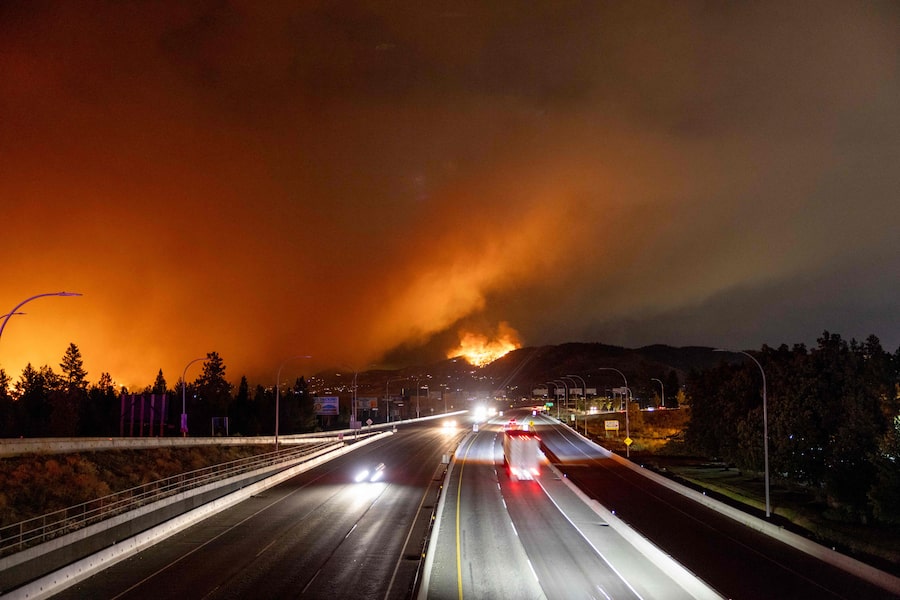
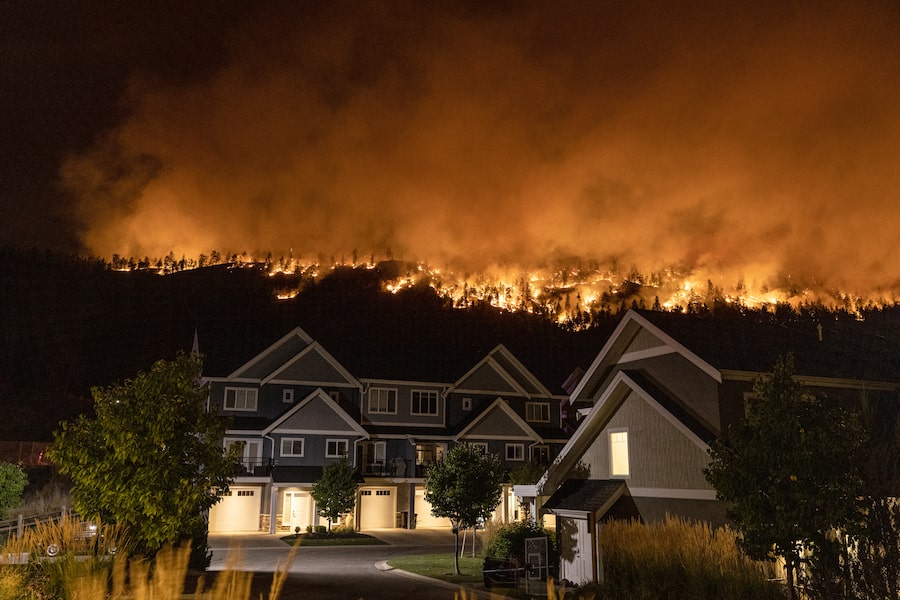
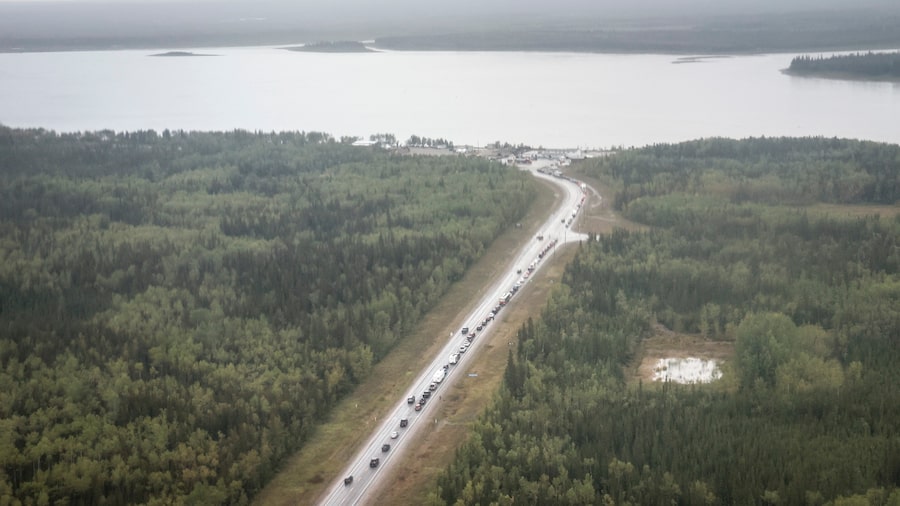
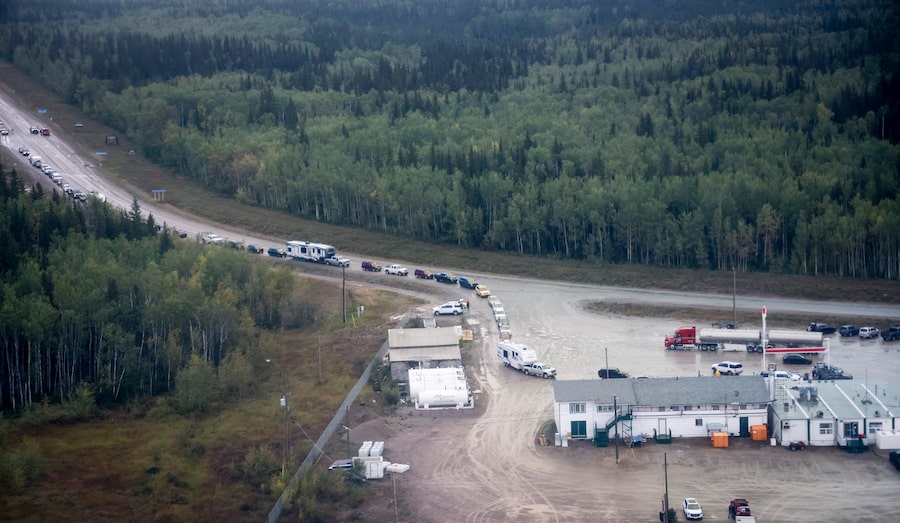
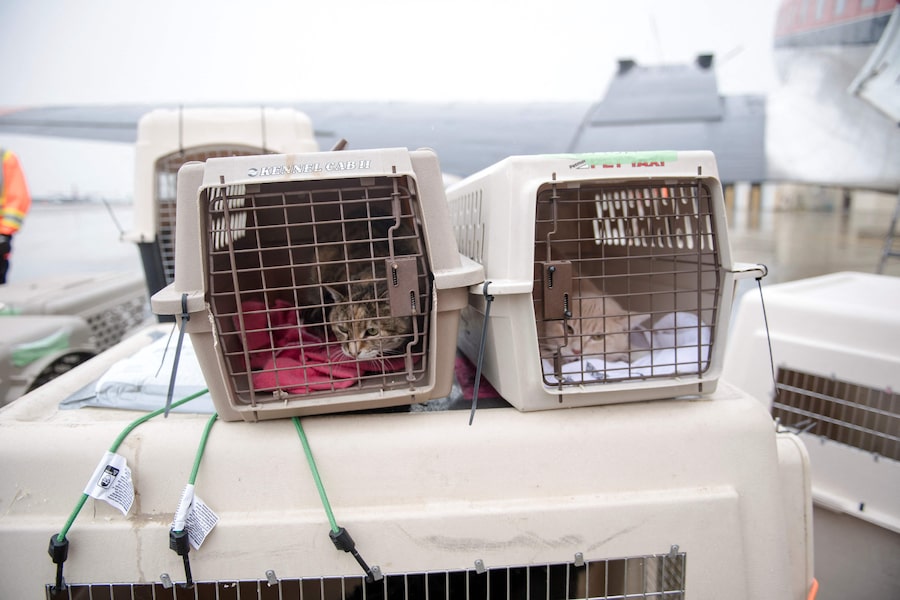
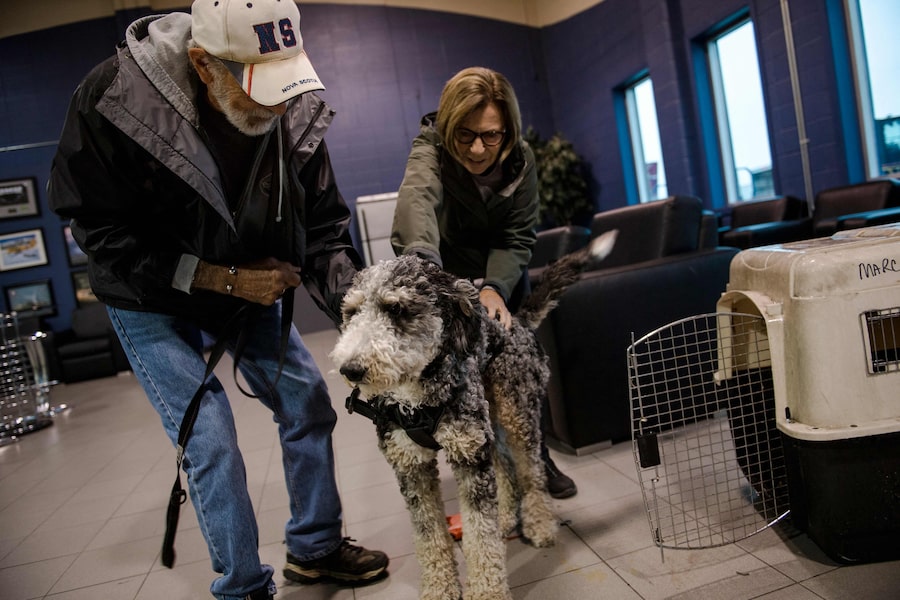
 Carrie Tait
Carrie Tait Alanna Smith
Alanna Smith Mark Rendell
Mark Rendell